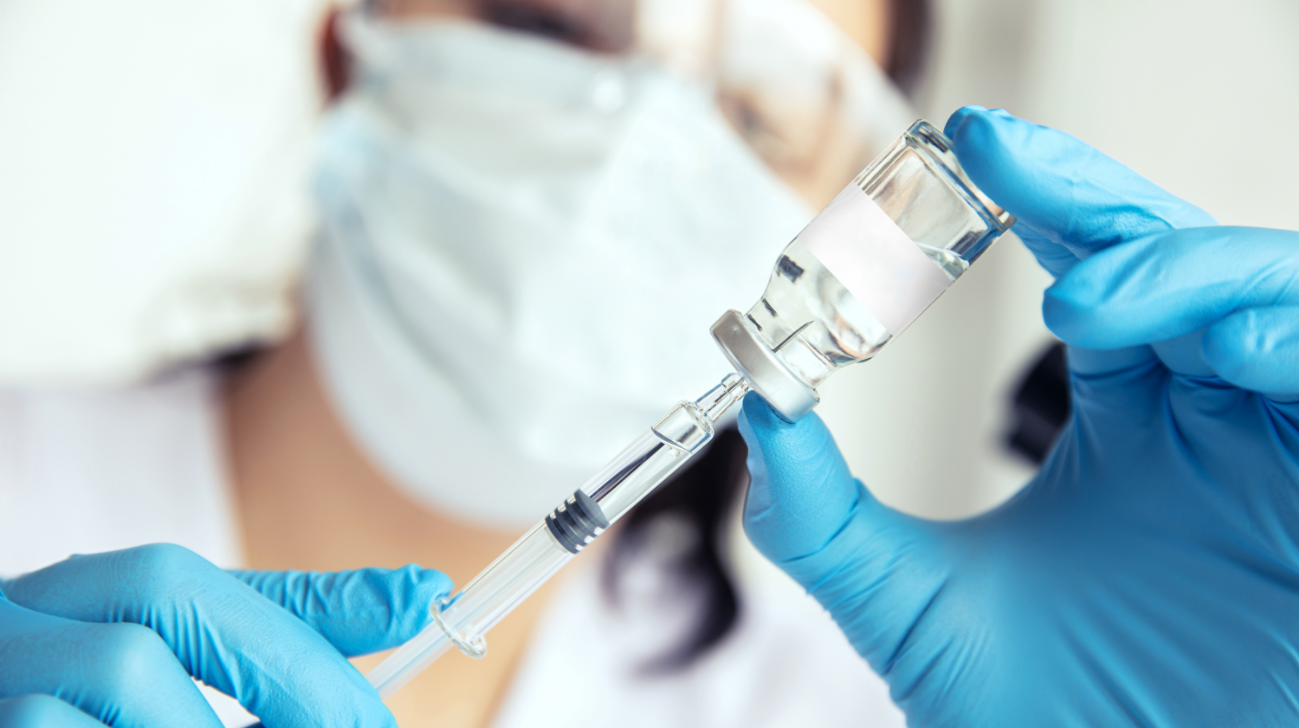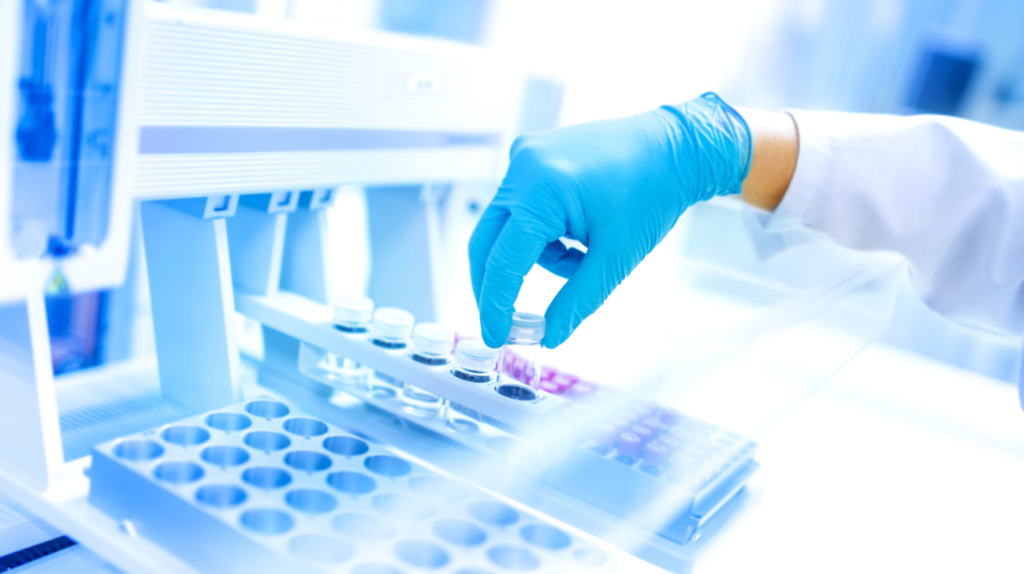
Biosimilars: What are they and why do they matter?
It’s easy to see why biosimilars are a hot topic in healthcare. Not only are they a safe and effective treatment option for many illnesses including psoriasis, Crohn’s disease, and cancer, but they also increase access to lifesaving medications at potentially much lower costs.
In a recent survey, nearly half of consumers (49.5%) said they’ve abandoned a prescription at the pharmacy within the past few years because it was too expensive.* Biosimilars are one way to make the medications people need more affordable. This can lead to more people living healthier lives.
But what are they? To understand biosimilars, you first need to define biologics:
Are biosimilars safe?
Yes. Biosimilars are just as safe as their reference products. The U.S. Food and Drug Administration (FDA) has specific standards for biosimilars that must be met. To be called a biosimilar drug, it must be shown to be as safe as, work as well as, and work in the same way as its reference drug.
What are the benefits of biosimilars?
The bottom line: Biosimilars increase access to lifesaving medications at lower costs. When medicines cost less, treatment becomes more accessible, patients adhere to a prescription plan, and quality of life improves.
Here’s why biosimilars cost less: Studies have shown the development of new biologics can exceed $2 billion and can take 10 years or longer. These costs get pushed down to the patient. Even with insurance, too many people are unable to afford their medications. But with biosimilars, much of the up-front development has been completed, and drug companies can charge lower prices. Not only do patients save money, the overall system does too. According to the Association for Accessible Medicines, biosimilars have the potential to save the US healthcare system more than $133 billion by 2025.
Biosimilars vs Generic – What’s the difference?
Although similar in concept to a generic drug, biosimilars are slightly different. They’re both versions of brand-name drugs and can offer patients more affordable treatment options. But generic drugs have an active ingredient identical to their parent drug. Biosimilars on the other hand, are very similar in structure to the parent drug but not exact copies. Although they’re not identical, biosimilars work the same way and are equally as effective as the parent drug, just like generic drugs.
The future of biosimilars

You could say we’re in the middle of a biosimilar boom. Since 2007, 30 biosimilars have launched in the U.S., and 10 more are approved and set to launch by the end of 2023. The total savings to patients are estimated to reach up to $238 million by 2025.** With more than 40 different reference products being discussed for biosimilar development, momentum is strong. That means more access to more affordable medications for more people around the world. And that’s the real reason we all work so hard to rewrite the script.
* DrFirst 2022
** Pacific Research Institute